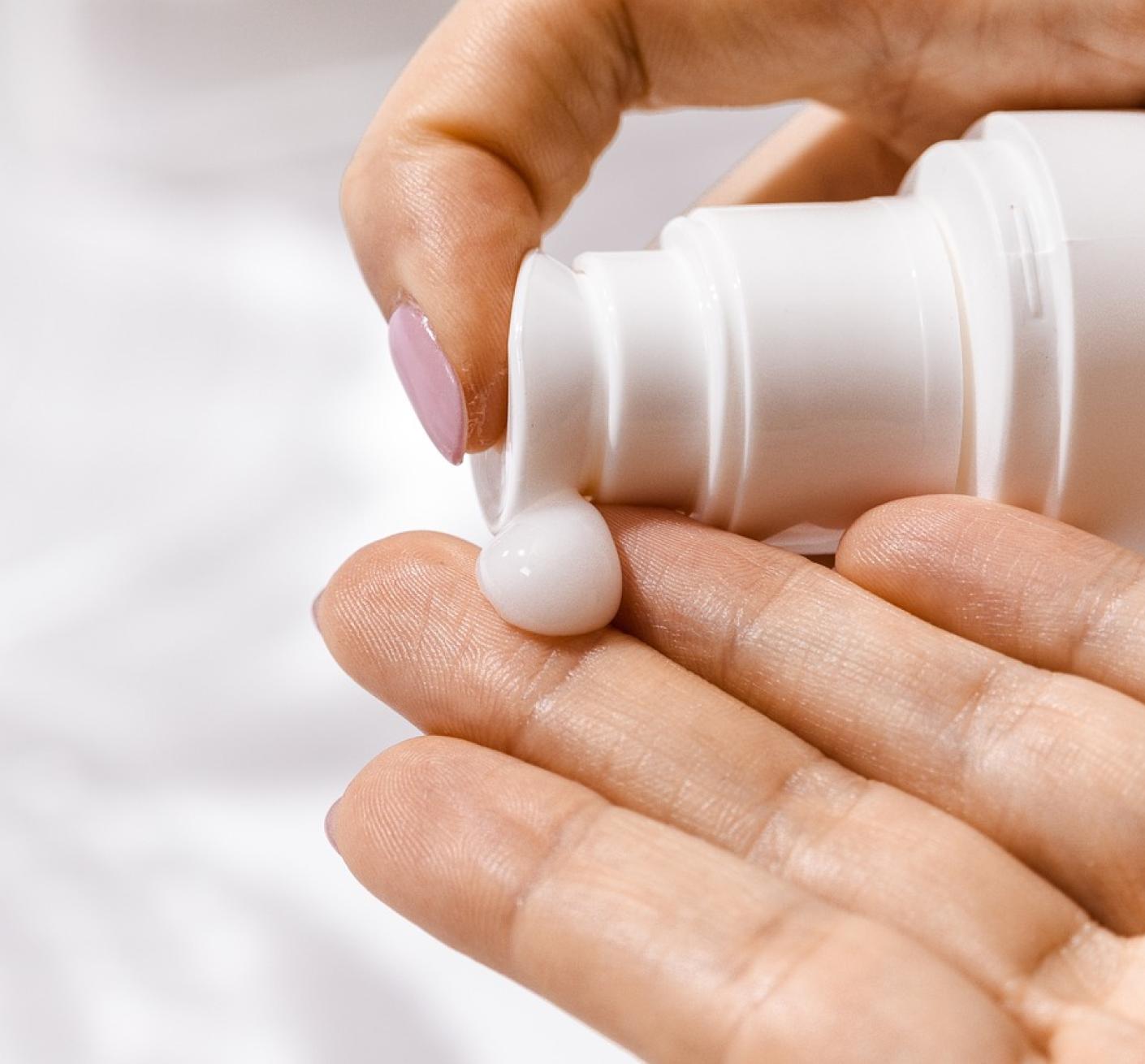Since 2010, there have been 56 fire fatalities in the UK where emollients are thought to have been involved in the rapid development of the fire. All the people who died were older, many had restricted mobility and a number had care plans in place.
In 79% of these fatalities, smoking materials such as matches, lighters and cigarettes were found to be the ignition source of the fire.
Domiciliary Care Provider
What this means for you as a domiciliary care provider?
We recommend you keep your staff informed and regularly updated about the potential fire risks of emollients, especially when used by smokers, so they can monitor and review individual risk assessments effectively and report issues as appropriate.
Due to the potential fire risk outlined above we also advise you should, as part of the individual person-centred risk assessments you carry out, reduce or mitigate the risks of a fire arising and assess the risk of harm to that person if a fire occurred.
You can do this by:
Identifying and evaluating the hazard
1. Is the person wearing clothing or bandages which may be contaminated with emollient?
2. Could the person’s bedding (including fire-retardant bedding) be contaminated with emollient?
3. Could the person’s soft furnishings (upholstered chairs, cushions, fire-retardant throws) be contaminated with emollient?
- Do they smoke whilst sitting in the chair?
4. Would they be less able to react if they accidentally set themselves alight?
- Ensure the person is aware of the risk: People should be advised not to smoke, cook, sit close to or go near to any heat source if there is any chance that their clothing, towelling, bedding or bandages are contaminated with emollients.
- Encourage the person to quit smoking by offering them information on smoking cessation services.
- Avoid dressing the person in their day or night clothes until any emollient which has been applied to their skin has completely dried in.
- Consider whether the person is able to smoke in a ‘safer’ way i.e. smoke outside whilst wearing an uncontaminated outer covering, only using a safety lighter or a supervised smoking arrangement.
Ensure their:
In extreme circumstances where a person persists in unsafe behaviour, placing themselves or others at risk, consider contacting a relevant health professional so that withdrawal of treatment can be considered.
Continue to remind and prompt people about the fire safety issues and any unsafe behaviours they are displaying. Ask the person to share any information you have given them with their family members.
It should be noted that regular washing of clothing, towelling etc may reduce the risk but will not remove it completely.
You may wish to suggest that interventions, appropriate to the risk, are acquired from the person’s personal budget. These may include linked telecare detection systems, fire retardant throws, bedding and smoking aprons, safety or deep ashtrays etc.
Pharmacist
You will be aware that, in December 2018, the Medicines and Healthcare products Regulatory Agency recommended that all manufacturers of emollient products add a fire risk warning to medicines and medical devices.
They also issued Drug Safety Update volume 12, issue 5: December 2018:3: Emollients: new information about risk of severe and fatal burns with paraffin-containing and paraffin-free emollients.
What you can do to help:
We would like you to help us prevent any further injuries or loss of life to the public by:
-
Asking them their smoking status when dispensing or selling emollients to them – advising them of the risks and signposting them to smoking cessation services as appropriate.
-
Talking to them about the potential fire risks of emollients when dried onto fabric especially if they are smoking, cooking or going near to an open flame or heat source.
-
Recording any advice given on the Patient Medication Record.
-
Taking care not to cover up the flammability warning on the product with any labels.
-
Referring people back to the GP where they smoke and/or have a condition which places them at high risk of fire such as memory loss, poor concentration or drowsiness; and adding their details to their Patient Medical Record.
-
Sharing the content of this letter with your colleagues and teams.
Health Care Professional
We would like you to help us prevent any further injuries or loss of life to the public by:
- Considering whether where people smoke and/or have a condition which places them at high risk of fire such as memory loss, poor concentration or drowsiness prior to prescribing emollients.
- Talking to your patients about the potential fire risks of using these products at the point of prescribing and reviewing their medication.
- Sharing this information with your colleagues and teams.
- Displaying and disseminating leaflets and other appropriate information to your patients.
Care Providers
Due to the potential fire risk outlined above you should, as part of the individual person centred risk assessments you carry out, reduce or mitigate the risks of a fire arising and assess the risk of harm to that person if a fire occurred.
We also recommend you consider the following as part of the overall risk assessment on your premises:
-
Ensure your staff are informed and kept regularly updated about the potential fire risks of emollients, especially when used by smokers, so that they can monitor and review individual risk assessments effectively and report as appropriate.
-
Inform and train staff about appropriate emergency procedures should a fire occur.
-
Ensure any previously contaminated towelling and bedding, that has been laundered and tumble dried, is cooled prior to folding for storage.

